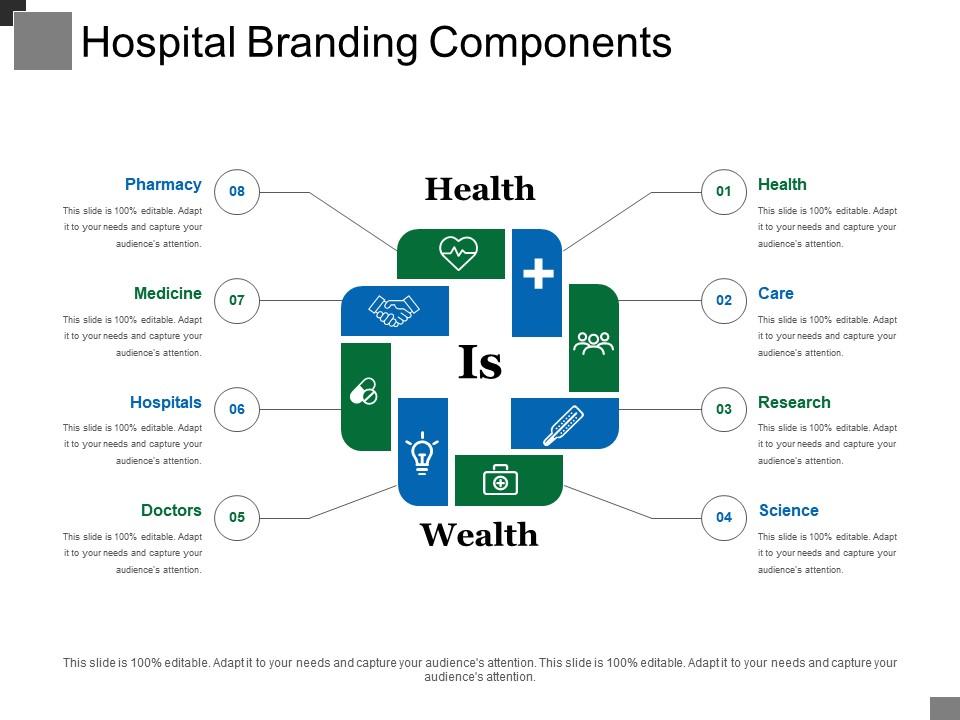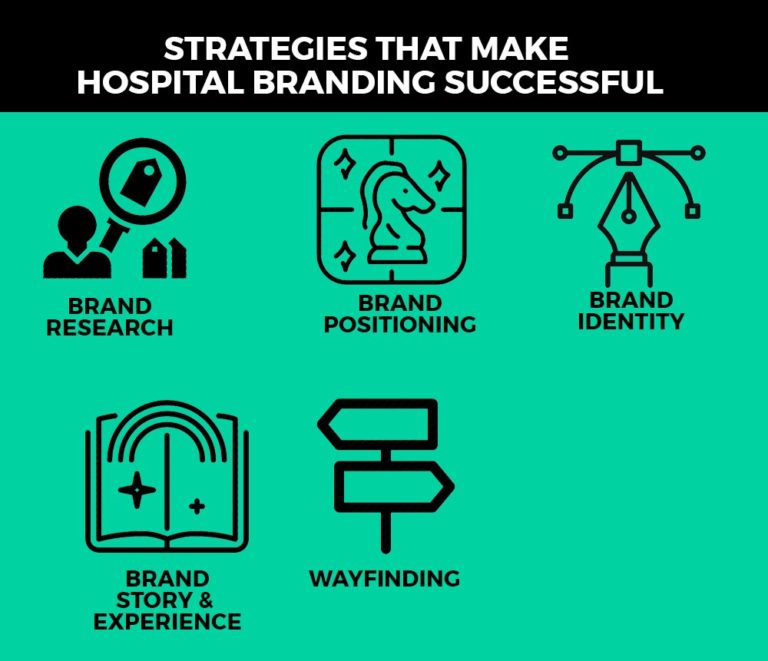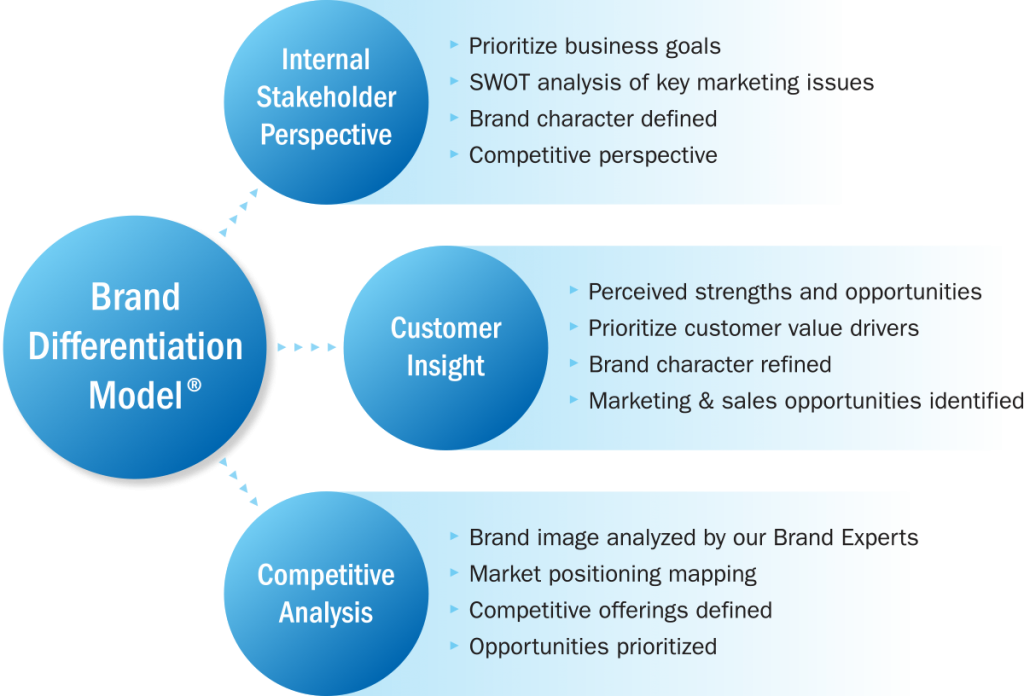Branding And Differentiation Of A Hospital Require An Understanding Of:

The scent of antiseptic hangs in the air, mingling with the faint aroma of coffee brewing down the hall. Sunlight streams through the large windows of the lobby, illuminating a mosaic of faces – worried families, hopeful patients, and dedicated staff bustling with purpose. But beyond the surface, in the intricate ecosystem of modern healthcare, a silent, strategic battle is being waged: the battle for brand recognition and meaningful differentiation.
At its core, successful branding and differentiation for a hospital hinges on a profound understanding of its target audience, the competitive landscape, and its own unique strengths and values. It's about more than just a logo or a catchy slogan; it's about crafting an identity that resonates deeply with the community it serves and sets it apart in a crowded marketplace. This article explores the critical elements hospitals must grasp to cultivate a strong brand and establish a differentiated position.
Understanding the Foundation: Target Audience
First and foremost, a hospital must know its community. This means going beyond basic demographic data and delving into the needs, preferences, and perceptions of the people it aims to serve. Market research, surveys, and focus groups are essential tools for gaining these insights.
What are the major health concerns in the area? What are patients saying about their experiences with local healthcare providers? Are there specific cultural nuances that need to be considered? Understanding these factors is crucial for tailoring services and messaging effectively.
Consider, for example, a hospital located in a community with a large elderly population. Their branding might emphasize geriatric care, fall prevention programs, and ease of access to services. Conversely, a hospital in a younger, more tech-savvy community might focus on innovative technologies, telehealth options, and personalized wellness programs.
Navigating the Competitive Terrain
No hospital exists in a vacuum. A clear understanding of the competitive landscape is crucial for identifying opportunities to differentiate and stand out. Who are the other major players in the region?
What are their strengths and weaknesses? What are they offering that the hospital isn't, and vice versa? Competitive analysis helps identify gaps in the market and potential areas for growth.
Perhaps a competitor excels in cardiac care but lacks a strong orthopedic program. Or maybe a competitor is known for its state-of-the-art technology but struggles with patient satisfaction. Identifying these areas allows a hospital to strategically position itself and highlight its unique advantages.
Discovering and Showcasing Unique Strengths
Every hospital has something special to offer. This could be a specialized department, a unique treatment protocol, a commitment to cutting-edge research, or simply a culture of exceptional patient care. Identifying and amplifying these unique strengths is at the heart of successful branding.
Hospital administration should work closely with physicians, nurses, and other staff to uncover what truly sets them apart. Are there particular physicians with expertise in rare conditions? Is there a specific program that consistently achieves exceptional outcomes?
Once identified, these strengths should be prominently featured in all marketing and communication efforts. This might involve highlighting successful patient stories, showcasing innovative technologies, or emphasizing the hospital's commitment to quality and safety.
The Power of Values and Culture
A hospital's brand is not just about what it does; it's also about what it believes. A strong brand is built on a foundation of clearly defined values that resonate with both employees and patients.
Is the hospital committed to compassion, innovation, or community service? These values should be woven into the fabric of the organization, shaping everything from patient interactions to employee training. Corporate Social Responsibility (CSR) initiatives often play a key role here.
For instance, a hospital committed to environmental sustainability might implement green practices throughout its facilities and actively participate in community recycling programs. This not only aligns with its values but also enhances its brand image and attracts environmentally conscious patients.
Crafting the Message: Communication and Engagement
Once a hospital has a clear understanding of its target audience, competitive landscape, strengths, and values, it can begin to craft its brand message. This message should be clear, concise, and compelling, communicating the hospital's unique value proposition to the community.
It's important to use a variety of channels to reach different segments of the target audience. This might include traditional advertising, social media marketing, content marketing, and community outreach events. Effective communication is key.
Moreover, it's not enough to simply broadcast the brand message; hospitals must also actively engage with their community. This means responding to online reviews, participating in local events, and building relationships with key stakeholders.
The Role of Patient Experience
In the digital age, patient experience is paramount. Patients are increasingly likely to share their experiences online, both good and bad, and these reviews can have a significant impact on a hospital's reputation. Patient feedback is invaluable.
Hospitals must prioritize patient satisfaction by providing high-quality care, creating a welcoming and comfortable environment, and addressing patient concerns promptly and effectively. Investing in staff training to enhance communication and empathy skills is crucial.
A positive patient experience not only improves the hospital's reputation but also generates valuable word-of-mouth referrals, which can be a powerful driver of growth.
Measuring and Adapting
Branding and differentiation are not one-time projects; they are ongoing processes that require continuous monitoring and adaptation. Hospitals must track key metrics, such as brand awareness, patient satisfaction, and market share, to assess the effectiveness of their branding efforts. Data-driven decision making is essential.
If the data indicates that the brand message is not resonating with the target audience or that the hospital is losing market share to competitors, it's time to re-evaluate the strategy and make adjustments. This might involve refining the brand message, investing in new marketing channels, or improving the patient experience.
The healthcare landscape is constantly evolving, and hospitals must be prepared to adapt their branding strategies to stay ahead of the curve. This requires a commitment to innovation, a willingness to experiment, and a deep understanding of the ever-changing needs of the community.
Looking Ahead: The Future of Hospital Branding
The future of hospital branding will likely be shaped by several key trends. Personalized medicine, digital health technologies, and value-based care are all transforming the healthcare landscape, and hospitals must adapt their branding strategies accordingly.
Personalized medicine is creating opportunities for hospitals to offer highly tailored treatments and services. Telehealth is expanding access to care and enabling hospitals to reach patients in remote areas. And value-based care is shifting the focus from volume to quality, rewarding hospitals for delivering better outcomes at lower costs.
To succeed in this new environment, hospitals must embrace these trends and integrate them into their branding efforts. This might involve highlighting the hospital's expertise in personalized medicine, promoting its telehealth services, or emphasizing its commitment to value-based care.
Ultimately, successful branding and differentiation for a hospital is about more than just attracting patients; it's about building trust, fostering community, and improving the health and well-being of the people it serves. It's a journey that requires a deep understanding of the past, a clear vision for the future, and a unwavering commitment to excellence.


















